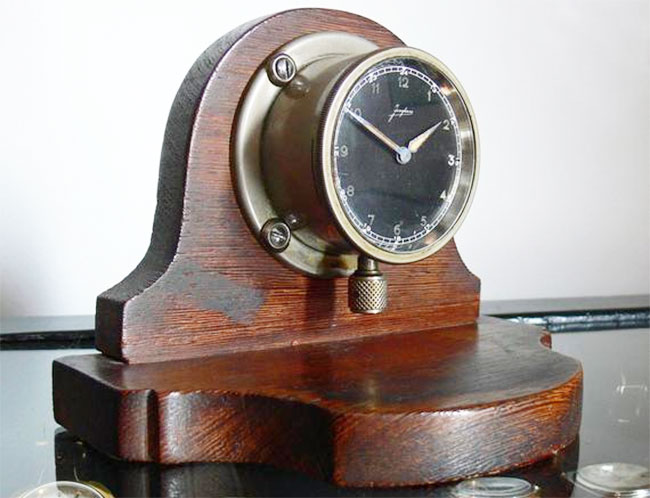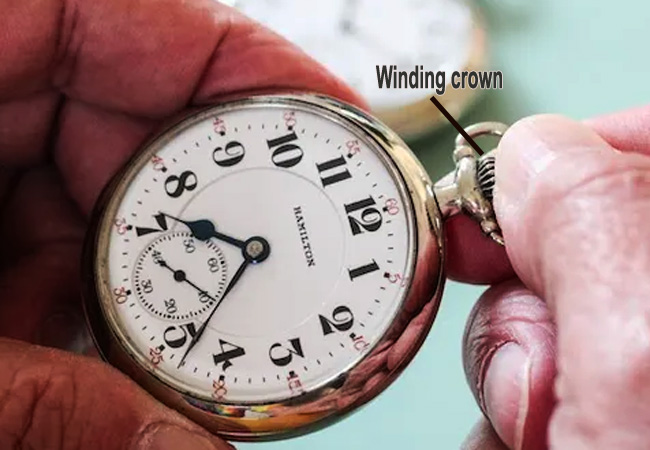Pocket watches, with their classic charm and intricate mechanisms, are treasured timepieces that have stood the test of time. Whether passed down through generations or discovered in antique shops, the allure of a pocket watch lies not just in its functionality but in the craftsmanship and history it embodies. If you find yourself in possession of a pocket watch in need of repair, then there is no need to worry, this guide will take you through the essential steps to revive your timeless treasure.
Step 1: Assess the Damage
Before diving into the repair process, carefully examine the pocket watch to identify the issues. Common problems include broken parts, a non-functioning mainspring, or a dirty movement. Note any visible damage or irregularities that may require attention.
Step 2: Gather Tools and Supplies
Equipping yourself with the right tools is crucial for a successful pocket watch repair. Some essential tools include:
- Watchmaker’s screwdrivers: For opening the case and removing components.
- Tweezers: Precision tweezers are necessary for handling small parts.
- Mainspring winder: If the mainspring is damaged, a winder can help replace it.
- Loupe or magnifying glass: To inspect and work on intricate details.
- Cleaning solution: For removing dirt and grime from the movement.
- Watch oil: Lubrication is essential for smooth movement operation.
Step 3: Disassemble the Pocket Watch
Carefully open the pocket watch case using the appropriate screwdrivers. Take note of the arrangement and order of components as you disassemble the watch. Keep all parts organized in a clean and secure workspace to avoid losing or damaging them.
Step 4: Clean the Movement
Dirt and debris can hinder a pocket watch’s performance. Gently clean the movement using a specialized cleaning solution and a soft brush. Ensure that all components are thoroughly dried before reassembly.
Step 5: Replace Damaged Parts
If you identified any broken or damaged parts during the assessment, now is the time to replace them. Replacement parts may be available from watchmaking supply stores or specialized online retailers. Exercise caution and precision when handling delicate components.
Step 6: Lubricate Moving Parts
Applying watch oil to the pivot points and moving parts is essential for ensuring smooth operation. Use a minimal amount of oil, as excess lubrication can attract dust and compromise the watch’s accuracy.
Step 7: Reassemble the Pocket Watch
With the cleaned and repaired components in hand, carefully reassemble the pocket watch in the reverse order of disassembly. Ensure that each part is correctly positioned and securely fastened.
Step 8: Test and Adjust
After reassembly, wind the pocket watch and observe its performance. Pay attention to the accuracy of timekeeping and the smoothness of the movement. If adjustments are needed, consult a watchmaker’s guide or seek the expertise of a professional.
Step 9: Close the Case
Once you are satisfied with the repair and adjustments, carefully close the pocket watch case using the appropriate screwdrivers. Ensure that the case is securely fastened to protect the delicate inner workings.
Step 10: Seek Professional Help if Needed
If you encounter challenges during the repair process or if your pocket watch requires intricate adjustments, consider seeking the expertise of a professional watchmaker. Some repairs may be beyond the scope of a novice enthusiast, and professional assistance ensures the preservation of your pocket watch’s integrity.
Repairing a pocket watch is a rewarding endeavor that allows you to revive a piece of history and reconnect with the timeless art of horology. By following these steps and exercising patience and precision, you can breathe new life into your cherished pocket watch and continue to enjoy its elegance and functionality for years to come.











Leave a Reply